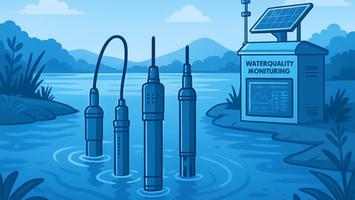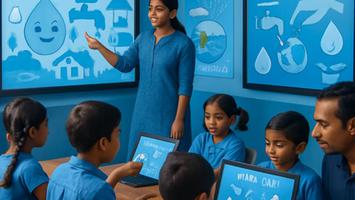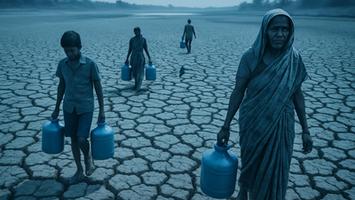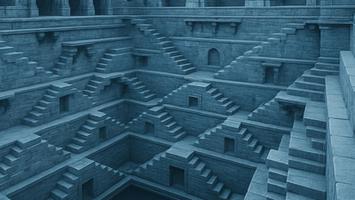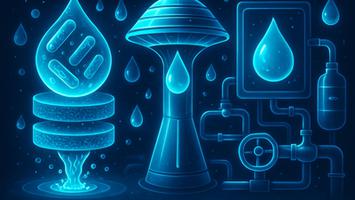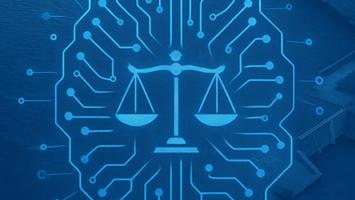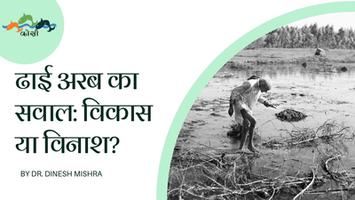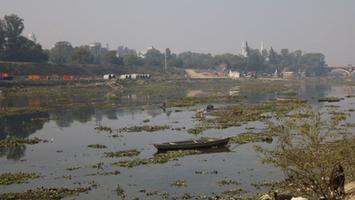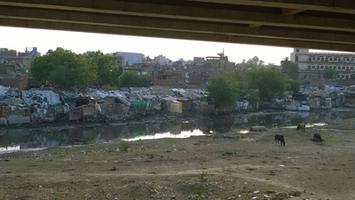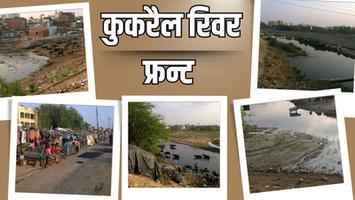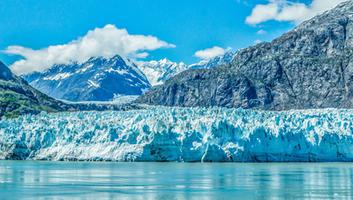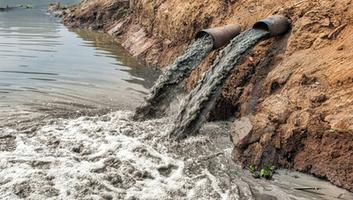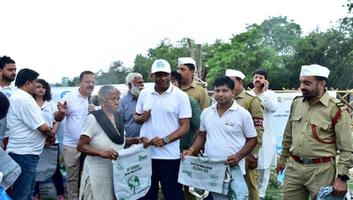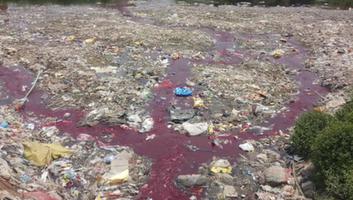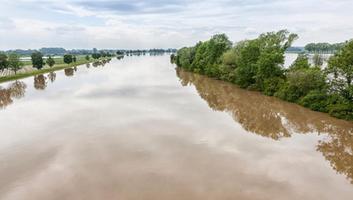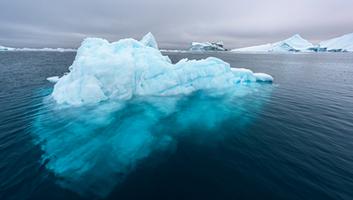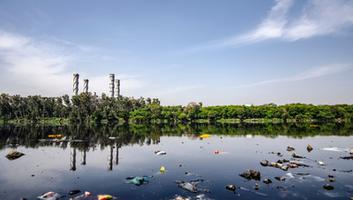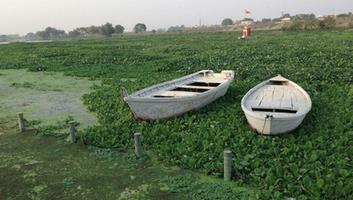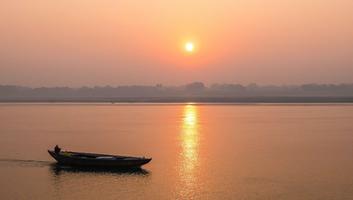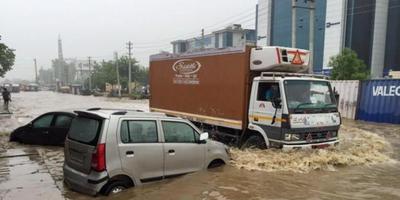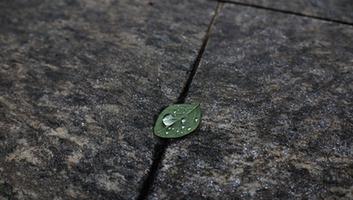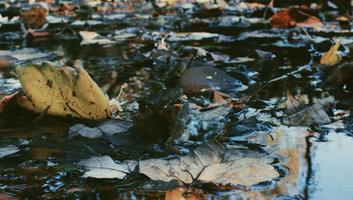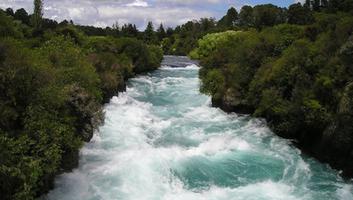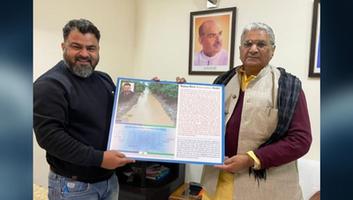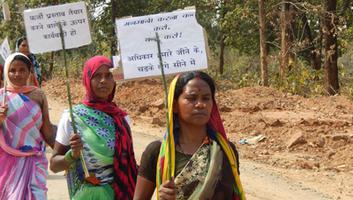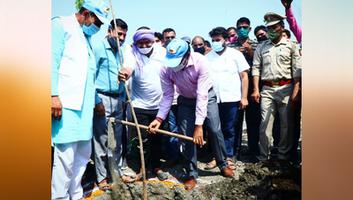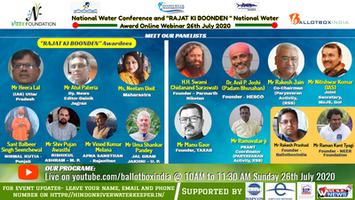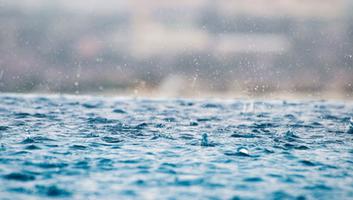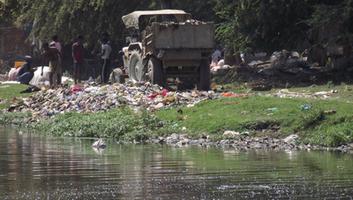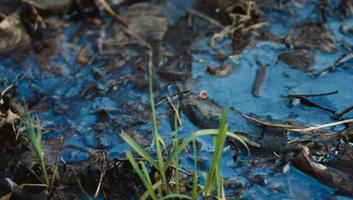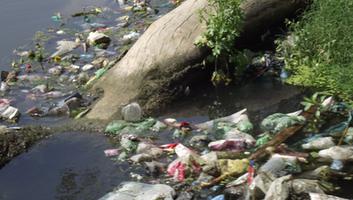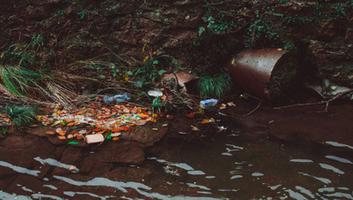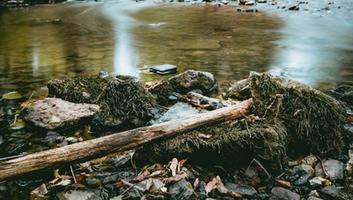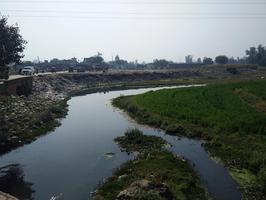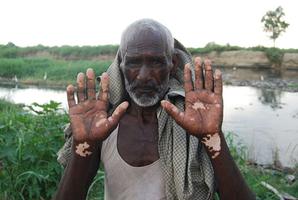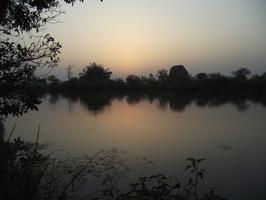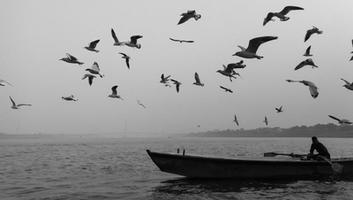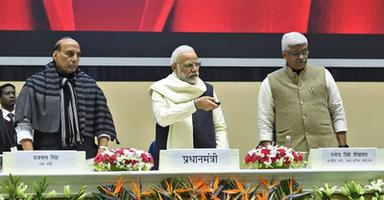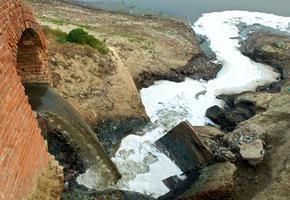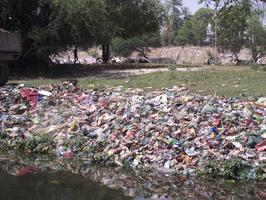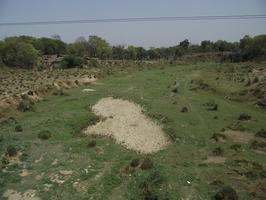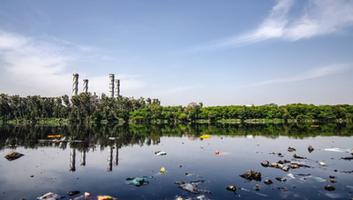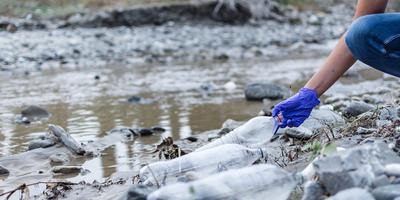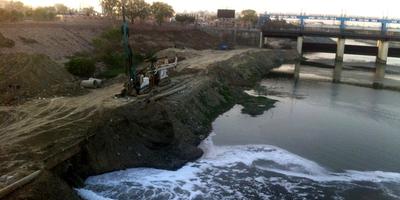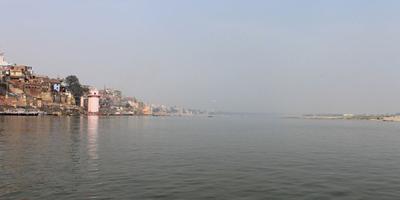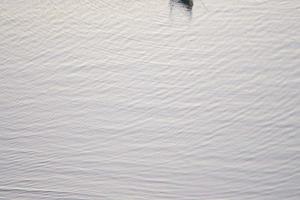Education and Awareness: Building Water Literacy with Digital Tools
- By
- Gitanjali Maggo
- June-03-2025
Technological solutions alone cannot solve water challenges. Sustainable water management requires informed citizens who understand water issues and are motivated to take action. Water literacy—the knowledge of where water comes from, how it is used, and how individual and collective actions impact water resources—is essential for building a water-secure future. In the digital age, we have unprecedented opportunities to enhance water education and awareness through innovative tools and approaches.
At Pani Ki Kahani, we believe that combining traditional knowledge with modern digital tools creates powerful educational experiences that can transform how people understand and relate to water. Our educational initiatives aim to make water literacy accessible, engaging, and actionable for diverse audiences across India.
The Need for Water Literacy
Despite water's fundamental importance to all aspects of life, many people have limited understanding of:
- The water cycle and how human activities impact it
- Local water sources, their quality, and sustainability challenges
- The water footprint of everyday products and activities
- Traditional and modern water conservation practices
- The connections between water, energy, food, and climate
- Water governance and policy frameworks
This knowledge gap contributes to unsustainable water use, pollution, and vulnerability to water-related disasters. Building water literacy is therefore not just an educational goal but a critical component of water security.
Digital Tools for Water Education
Digital technologies offer innovative ways to make water education more engaging, accessible, and impactful:
1. Interactive Learning Platforms
Our flagship digital education initiative, "Jal Gyan" (Water Knowledge), is a multilingual online platform that offers:
- Interactive Modules: Age-appropriate learning experiences on water topics, from basic water cycle concepts to advanced watershed management.
- Virtual Field Trips: 360° tours of water bodies, treatment plants, and traditional water structures, making distant water systems accessible to all.
- Gamified Learning: Educational games where users manage virtual water resources, facing real-world challenges and constraints.
- Adaptive Content: AI-powered personalization that adjusts content difficulty and focus based on the learner's progress and interests.
2. Citizen Science and Participatory Monitoring
Digital tools can transform passive learners into active participants in water knowledge creation:
- Mobile Water Testing: Simplified water quality testing kits paired with smartphone apps that guide users through testing procedures and interpret results.
- Crowdsourced Mapping: Platforms where citizens can report water issues (e.g., leaks, pollution, scarcity) creating community-generated maps of water challenges.
- Data Visualization: Tools that transform complex water data into accessible visualizations, helping communities understand trends in their local water resources.
3. Immersive and Extended Reality
Advanced visualization technologies create powerful learning experiences:
- Virtual Reality (VR): Immersive experiences that allow users to "travel" inside water systems, from aquifers to water treatment plants, or visualize future scenarios like floods or droughts.
- Augmented Reality (AR): Overlays that reveal hidden water infrastructure in urban environments or show the historical evolution of water bodies when viewed through a smartphone.
- Mixed Reality: Interactive watershed models where physical actions affect digital simulations, demonstrating concepts like runoff, pollution transport, and flood dynamics.
4. Social Media and Digital Storytelling
Leveraging popular platforms to spread water awareness:
- Water Story Banks: Digital collections of personal narratives about water from diverse communities, preserving traditional knowledge while highlighting contemporary challenges.
- Social Media Campaigns: Targeted awareness initiatives using platforms like Instagram, YouTube, and WhatsApp to reach different demographic groups with water conservation messages.
- Influencer Partnerships: Collaborations with digital content creators to mainstream water literacy and sustainable practices.
Bridging Digital and Traditional Learning
While digital tools offer exciting possibilities, we recognize that effective water education must bridge digital and traditional approaches:
Community Learning Hubs
Our "Jal Pathshala" (Water School) initiative establishes community learning centers where:
- Digital resources are available to those without personal devices or internet access
- Trained facilitators help navigate digital tools and contextualize content for local conditions
- Hands-on activities complement digital learning (e.g., building physical watershed models, conducting water audits)
- Intergenerational knowledge exchange occurs, with elders sharing traditional water wisdom while youth contribute digital skills
School Integration
Working with educational institutions to:
- Integrate water literacy into formal curricula across subjects
- Train teachers to use digital water education tools effectively
- Develop school water audits and conservation projects that apply digital learning to real-world action
- Create inter-school networks for water data sharing and collaborative projects
Impact and Lessons Learned
Our digital water education initiatives have reached over 100,000 learners across India, with promising results:
- Knowledge Gains: Participants show an average 40% improvement in water literacy assessments after engaging with our digital learning resources.
- Behavior Change: Follow-up surveys indicate that 65% of participants adopt at least one new water conservation practice after completing our programs.
- Community Action: Digital learning often catalyzes collective action, with over 200 community water projects initiated by program participants.
Key lessons from our work include:
- Localization Matters: Digital tools must be adapted to local languages, contexts, and water issues to be effective.
- Blended Approaches Work Best: Combining digital learning with in-person activities and real-world action yields the strongest outcomes.
- Accessibility is Essential: Digital water education must be designed for diverse users, including those with limited technology access or digital literacy.
- Action Pathways are Crucial: Educational content should always connect to concrete actions learners can take to address water challenges.
"Knowledge without action is like water in a closed tank—stagnant and of limited use. Our goal is to create flowing knowledge that nourishes change."
The Future of Digital Water Education
Looking ahead, we see several exciting frontiers for digital water education:
- AI-Powered Personal Water Assistants: Applications that provide personalized guidance on water conservation based on individual usage patterns and local conditions.
- Digital Twins for Education: Interactive models of local watersheds that simulate the impacts of different management decisions and climate scenarios.
- Intergenerational Knowledge Platforms: Digital tools specifically designed to capture and transmit traditional water knowledge from elders to youth.
- Cross-Cultural Water Learning Networks: Global platforms connecting communities facing similar water challenges to share solutions and experiences.
At Pani Ki Kahani, we are committed to advancing water literacy through innovative digital tools while honoring traditional knowledge systems. By building a water-literate society, we create the foundation for sustainable water management that combines the best of technology and community wisdom. We invite educators, technologists, and water enthusiasts to join us in this vital work of building water literacy for a water-secure future.

